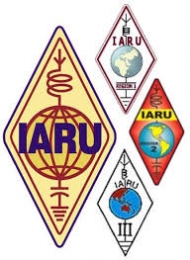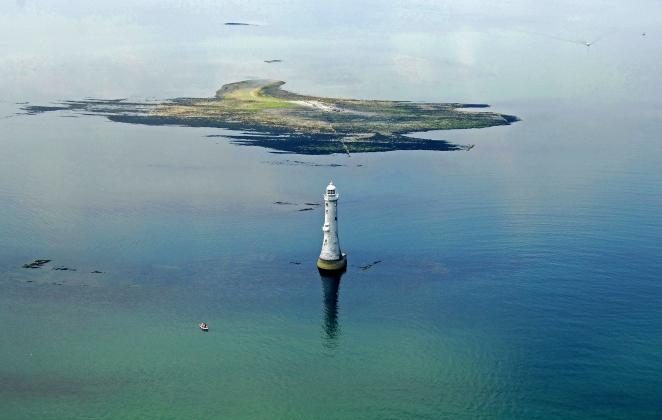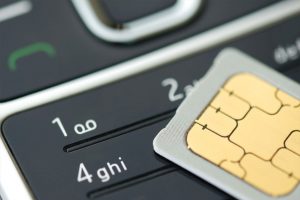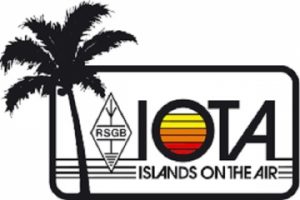
From the ARRL, original post here. 04/26/2016
A co-leader of the recent VP8STI/VP8SGI “Intrepid DX Group” DXpedition, said this week that what he called “a surprising lack of support and lack of funding from some of the world’s paramount DX foundations” thwarted his group’s plans to mount a DXpedition to North Korea. In “The P5DX Story” posted on April 25, Paul Ewing, N6PSE, said that years of negotiations had finally yielded a written invitation from the Democratic Peoples Republic of North Korea (DPRK) — the most-needed DXCC entity — to operate there.
“We had hoped to be the first large DXpedition with clear and unambiguous proof that we were active within the country and with real evidence of permission,” Ewing said in announcing the DXpedition’s cancellation.
The Intrepid-DX Group announced its “P5 Project” in 2013. After considerable expense and nine visits to North Korea, nothing had paid off until recently. An “emissary” with strong ties to the DPRK and a regular visitor there took an interest, Ewing said. “We renewed our proposal, and the talks continued,” he wrote. “Finally, North Korea agreed to a 10-day Amateur Radio activity with three radios and up to 20 team members. A venue was investigated and approved.” Officials insisted on no advance publicity, and all involved were sworn to secrecy.
“Our last major hurdle was that the DPRK was asking for a very large fee to be paid for the permissions at various government levels and ministries to operate from within the DPRK,” Ewing recounted. The size of the requested fee, Ewing said, prompted him to approach several large Amateur Radio foundations for financial help. “All of our fees would be paid directly to a China-based tour company, and no direct exchange would take place with the North Koreans,” Ewing pointed out. But the group was rebuffed. “I am deeply disappointed that they could not find a way to support our plans,” he said.
Ewing said he and co-leader David Collingham, K3LP, decided they had no other choice but to “drain our own personal retirement savings to provide the bulk of our funding.” Money for various fees as well as equipment and air fare ran into the thousands of dollars. “We purchased roughly $16,000 in equipment, and we spent almost $4000 to ship it FedEx to Beijing to our staging area, where it still sits,” he said.
Then, word leaked out, igniting an Amateur Radio media firestorm. “We tried not to comment at all, but the rumors would not go away,” Ewing said. “Finally, we admitted we might be making progress but begged for discretion.” But, he continued, “Things began to spiral out of control.”
A week before the team’s planned departure, Ewing learned that officials had denied him and some other team members permission to enter North Korea, leading to his decision to cancel the entire enterprise. “I could not devote a sizable chunk of my life savings for a project that I could no longer participate in,” he explained. “The financial losses suffered by Intrepid DX and all of our team members are substantial.”
“We had permission. We had a team. We had all necessary equipment staged in Beijing. We had a venue in North Korea. We had flights and hotels to China and the DPRK confirmed,” Ewing summarized. “What we did not have was the support of those we asked to remain quiet, nor the support of anyone we asked for help with funding. This could have been a DXpedition for the record books. But now we will never know.”
In addition to the late 2015 P5/3Z9DX operation and the 2001-2002 activity by P5/4L4FN, the only other approved ham radio operations from North Korea occurred in 1995, when Martti Laine, OH2BH, and two other Finnish radio amateurs demonstrated ham radio by making 20 contacts as P5/OH2AM. In 1999, Laine operated briefly as P51BH, making just 263 contacts.
 From ARVic, original post here.
From ARVic, original post here.
 From
From 

